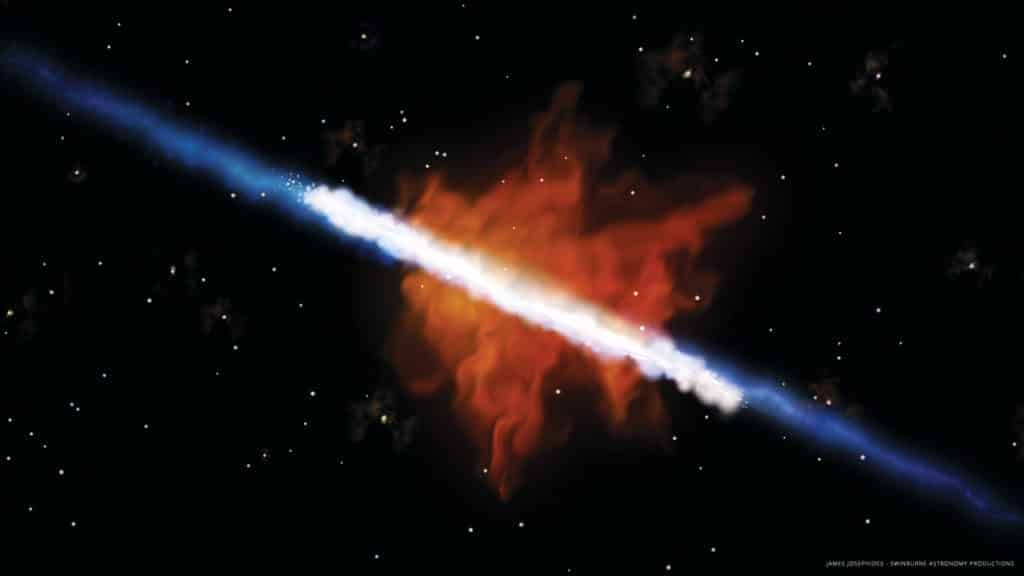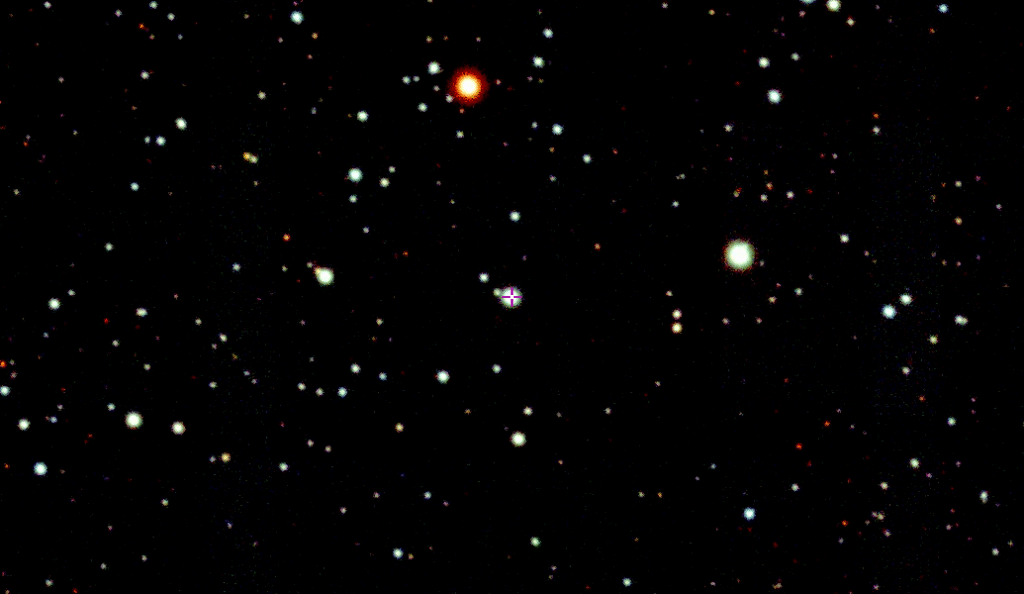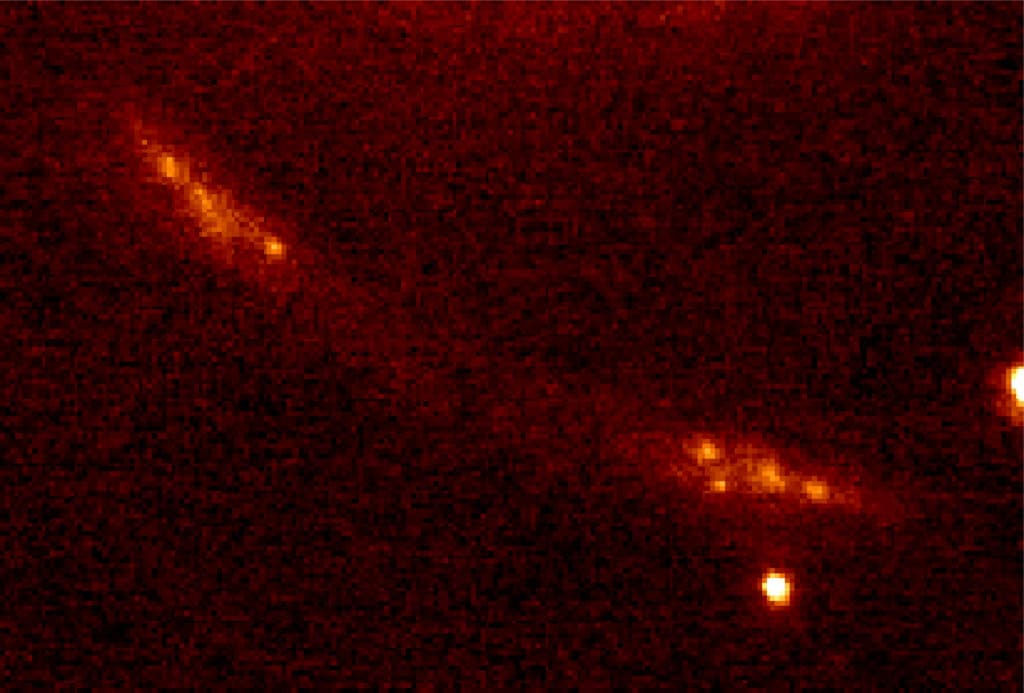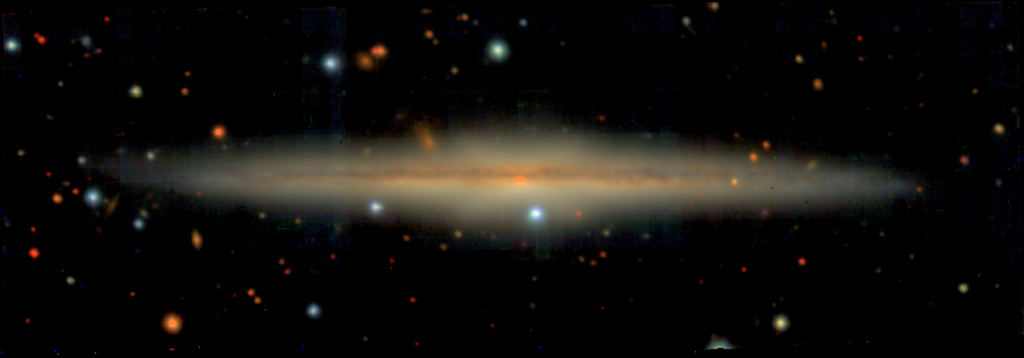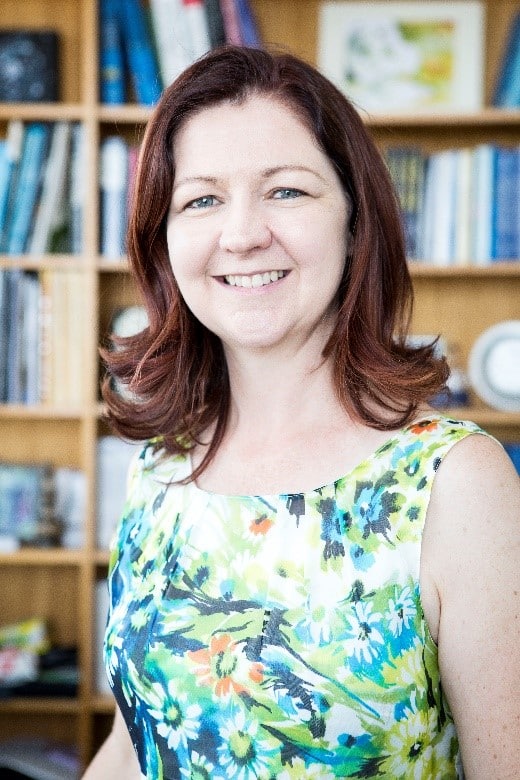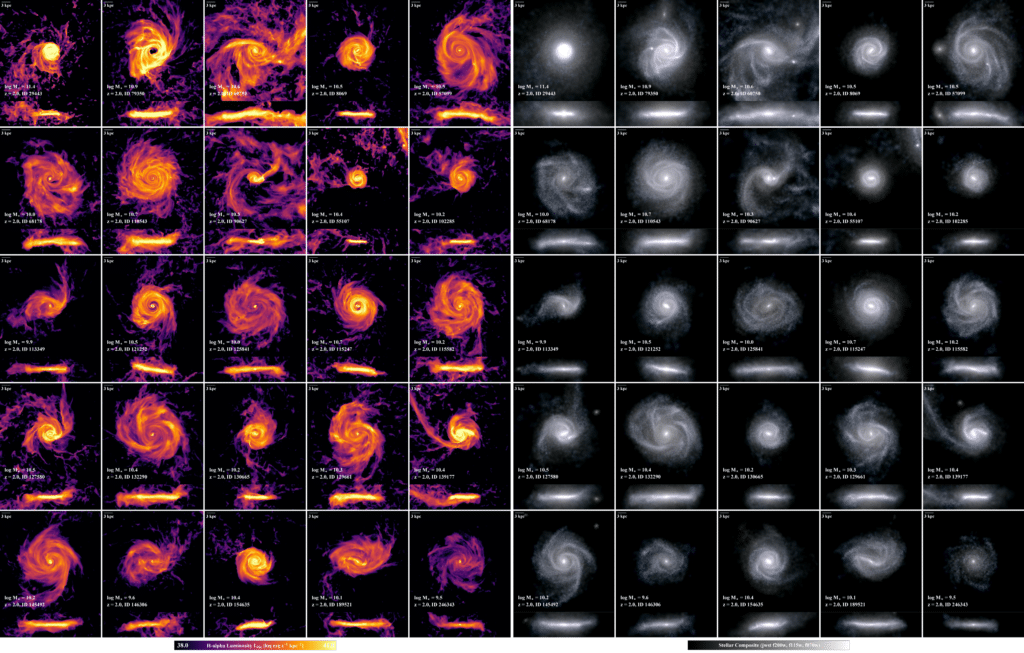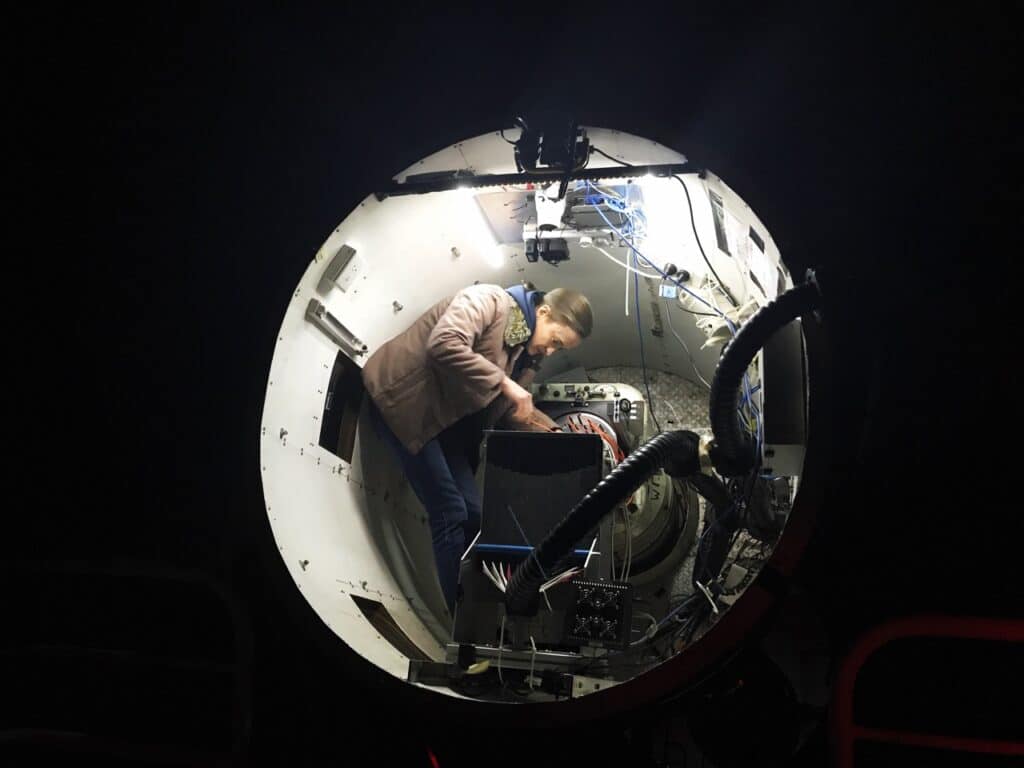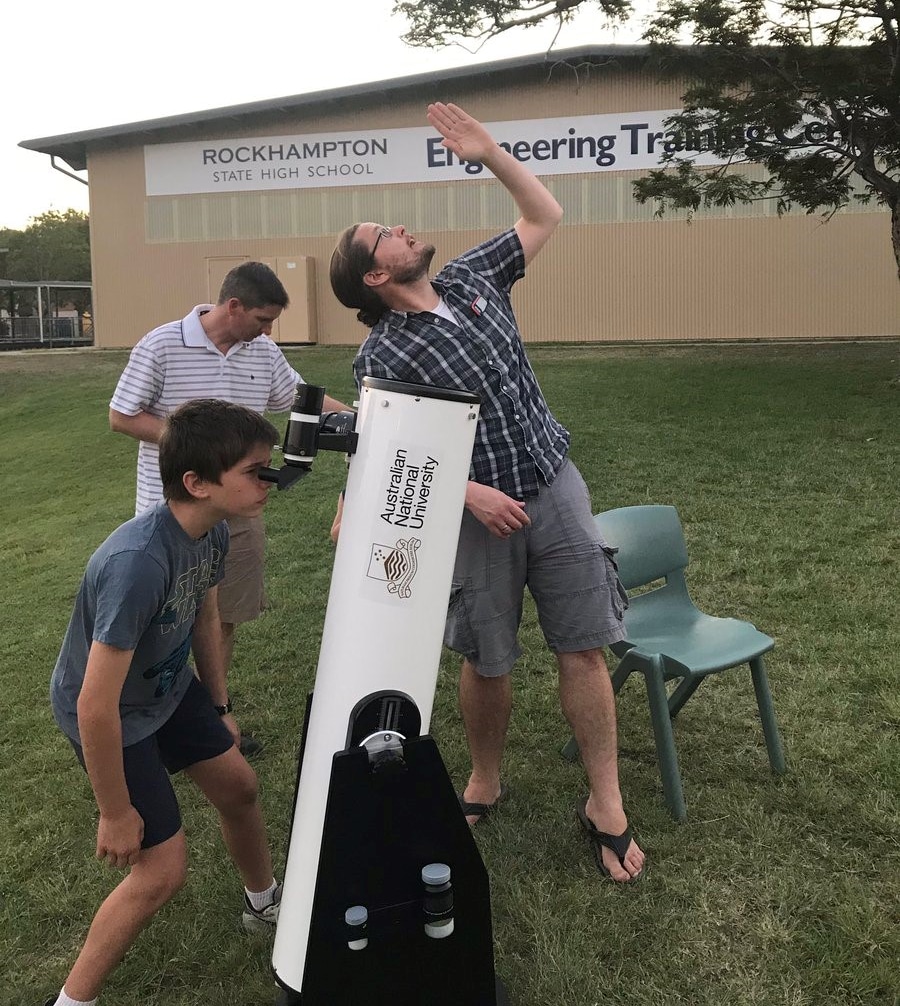Stars evolve according to the elements they manufacture
Stars are giant factories that produce most of the elements in the Universe – including the elements in us, and in the Earth’s metal deposits. But what stars produce changes over time.
Two new papers published in MNRAS shed light on how the youngest generation of stars will eventually stop contributing metals back to the universe.
The authors are all members of ASTRO 3D, the ARC Centre of Excellence for All Sky Astrophysics in 3 Dimensions. They are based at Monash University, the Australian National University (ANU), and the Space Telescope Science Institute.
Continue reading Too much heavy metal stops stars producing



